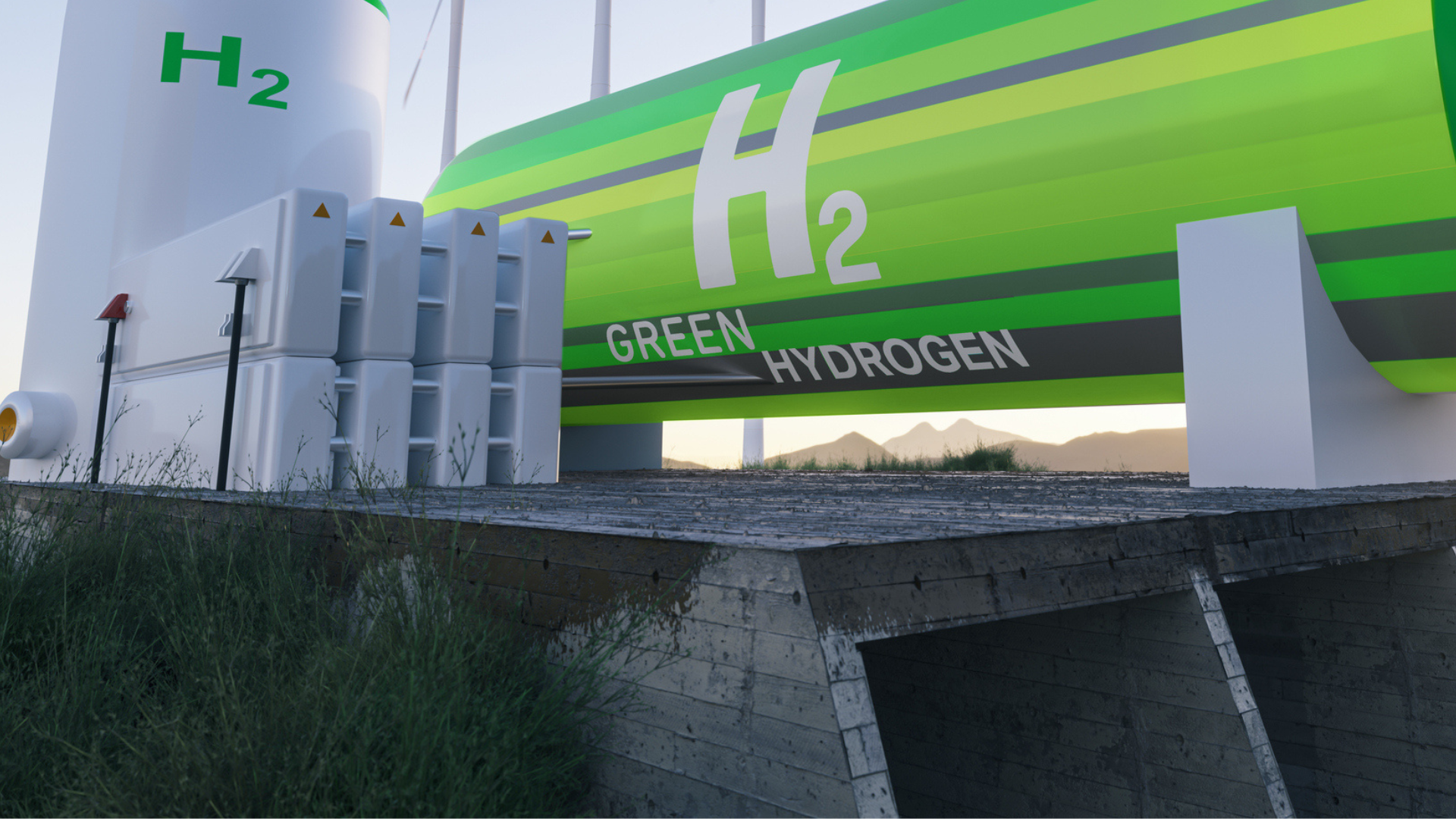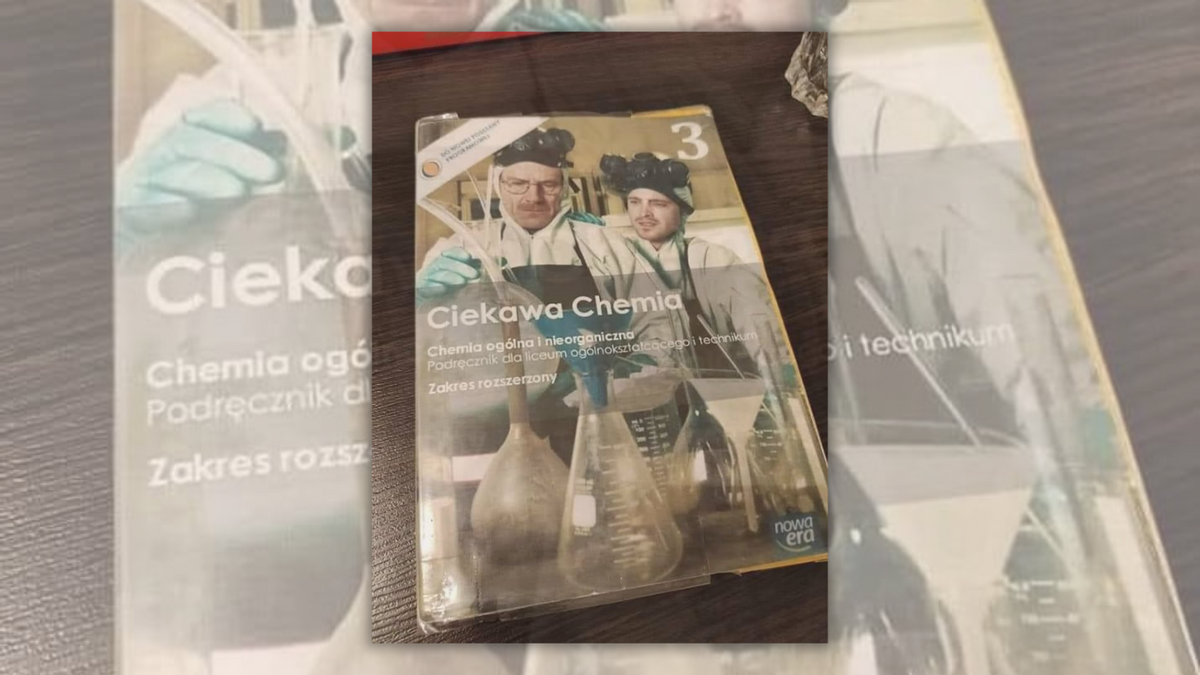Scientists have made a significant breakthrough in the production of green hydrogen.
They have developed a new type of electrode, the so-called W-NiFeS/WC electrode (W-doped nickel iron (NiFe) sulfide/wood-based carbon), which delivers very good results in seawater electrolysis.
Electrolysis is the process of splitting seawater into hydrogen and oxygen using electricity. The latest development could revolutionize this process and give sustainable energy a significant boost.
This research, published in the journal Science Bulletin, addresses the challenges of seawater electrolysis while demonstrating the potential of reusing wood waste in electrochemical devices.
Path to decarbonization
Seawater electrolysis is considered a promising method for reducing carbon emissions in the energy sector. It is intended to provide a clean and abundant source of hydrogen as a fuel.
Despite its potential, problems such as anode corrosion, undesirable side reactions and expensive catalysts have hampered its widespread adoption.
The W-NiFeS/WC electrode can solve these problems. It has demonstrated superior activity and stability in both key reactions required for seawater electrolysis: the oxygen evolution reaction (OER) and the hydrogen evolution reaction (HER).
The electrode’s performance is based on its unique structure and chemistry. Its three-dimensional porous structure, derived from wood waste carbon, provides a large surface area for reactions and efficient charge transfer. Densely anchored W-NiFeS nanoparticles further improve its performance.
“Wood-based carbon (WC) structures have attracted attention as an ideal substrate for these active materials due to their hierarchically porous nature and excellent conductivity,” the researchers mentioned in the press release.
The addition of tungsten to the catalyst improves its anti-corrosive properties and stability, thus ensuring durability in seawater.
Self-healing mechanism and efficient catalysis
During the oxygen evolution reaction, this electrode undergoes a structural change in which corrosion-resistant materials form on its surface, increasing its stability.
“In particular, the in situ structural evolution of W-NiFeS/WC in OER generates corrosion-resistant tungstate and sulfate species on the surface of active Ni/Fe oxyhydroxides,” explained Zhijie Chen, the first author of the study.
“In addition, the self-developed NiFeOOH decorated with W-NiFeS can efficiently catalyze HER,” Chen added. It also supports hydrogen production.
The W-NiFeS/WC electrode is not only effective but also cost-effective to produce. This makes it ideal for large-scale applications in seawater electrolysis.
This could help reduce the cost of green hydrogen and make it a competitive alternative to fossil fuels.
This research also highlights the importance of a circular economy. By converting wood waste into valuable catalysts, scientists have demonstrated a sustainable way to generate clean energy.
For a greener future
The innovative use of carbon structures from wood waste in electrode design opens doors for further advances in sustainable materials science.
The development of the W-NiFeS/WC electrode is an important step towards sustainable green hydrogen production. Its strong performance, affordability and environmental friendliness make it a promising technology for a renewable energy-based future.
Ongoing research in this area is likely to lead to further advances and bring us closer to a world with clean and abundant energy for all.
ABOUT THE PUBLISHER
Aman Tripathi An active and versatile journalist and news editor, he has covered breaking and trending news for several leading publications and news media including The Hindu, Economic Times, Tomorrow Makers and many more. Aman is an expert in politics, travel and technology news, especially in the areas of AI, advanced algorithms and blockchain and has a keen curiosity about all things that fall under the domain of science and technology.




